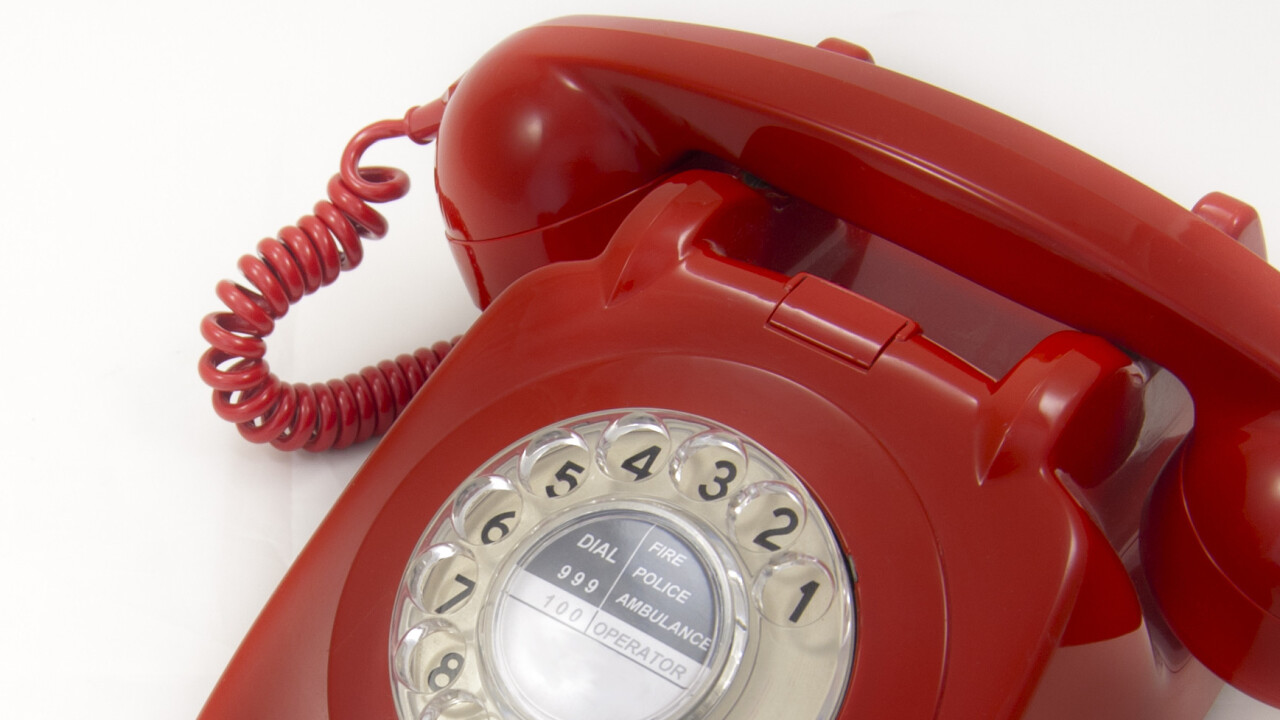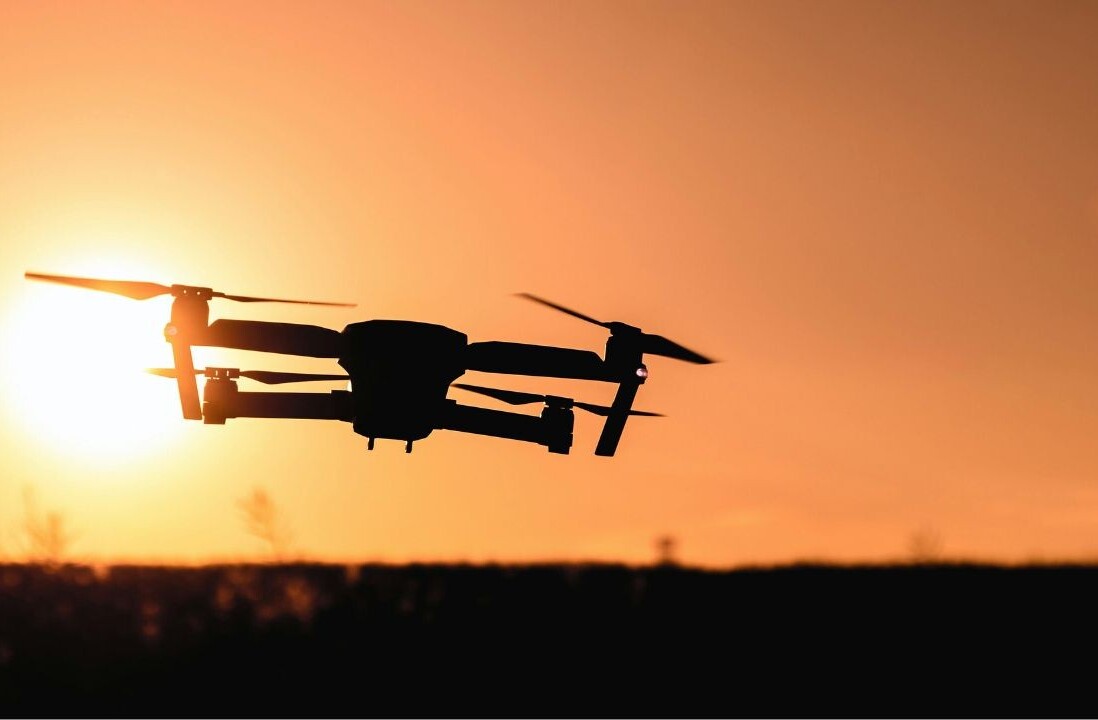
I’m a big fan of distributed workforces – that’s how we operate at The Next Web, with staff based everywhere from San Francisco to Bangkok and all sorts of places in between. It works well for us, but there’s one problem that I wish some savvy entrepreneur would fix.
My role requires me to be responsible for the output of the site, although being a mere human I do have to sleep occasionally. What happens if the team members who are on duty when I’m asleep have a serious problem and need to contact me? It’s not just me, either. What if the site goes down for some reason and they need to contact someone to get it back online – someone who’s accidentally knocked their phone onto silent?
The obvious solution is “Martin, just leave your phone switched on,” but that’s not exactly ideal – anyone else could call me too. “Hi, it’s A. N. Other PR person, just circling back on whether you want an exclusive interview with the CEO of a double glazing company that’s releasing an app.” No thanks.
What I’d like to see is something like the USA’s Commercial Mobile Alert System, but for business use. The CMAS allows authorities to send out important messages to mobile phones in a defined area. If a child’s missing, the police may send out an AMBER alert, for example. If a natural disaster is about to occur, the people likely to be affected can be warned. No doubt come the zombie apocalypse, the President will let the nation know via a CMAS broadcast.
These alerts are notable because they override the settings on your phone so that even if it’s set to ‘silent’ they can be heard, and they a use a loud, distinct noise.
Imagine if such a system was made available for commercial use. It would be the equivalent of the Batphone, but built into your existing device. If a crucial decision needs to be ‘referred up’ at any time, the on-duty team would know that – as long as I had charge in my phone and a signal – I’d get the message.
It’s not just humble tech blogs that could benefit from such a system – anyone who needs to be alerted to critical information at any time of day or night would find it useful – especially in situations where there’s no central office to work from. It wouldn’t just be useful for business – families could find it helpful in emergencies, too.
Sure, there are kluge-y workarounds to solve this problem already, but wouldn’t be nice to have something elegant and foolproof available by default?
Update: In the comments, readers have suggested various workarounds for this problem, including the iPhone’s Do Not Disturb mode. While these do go some way to offering a solution, they’re not as useful as what I’m suggesting — a cross-platform system that makes the US government’s alerts system available in a more targeted way to individuals without relying on individual phone/OS features. It could even be a standard feature added into tools used by distributed workforces, such as Yammer or Convo.
Image credit: Thinkstock
Get the TNW newsletter
Get the most important tech news in your inbox each week.




